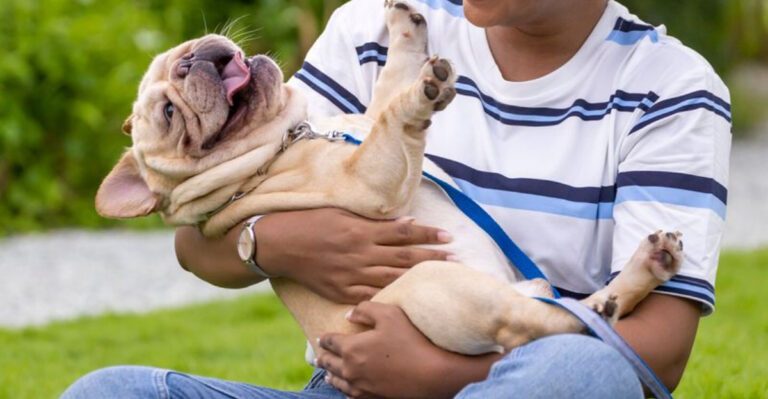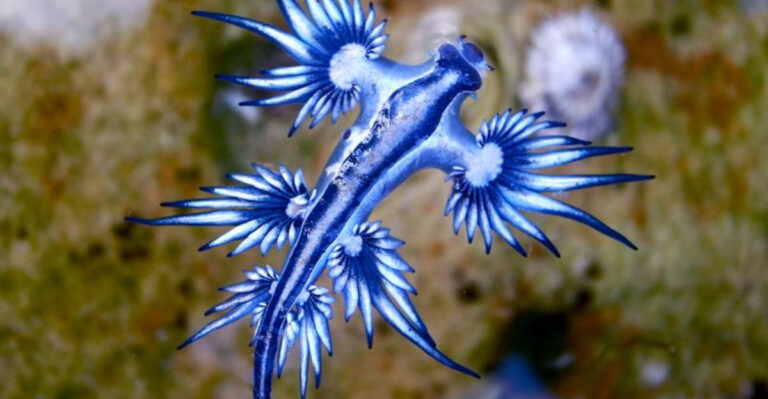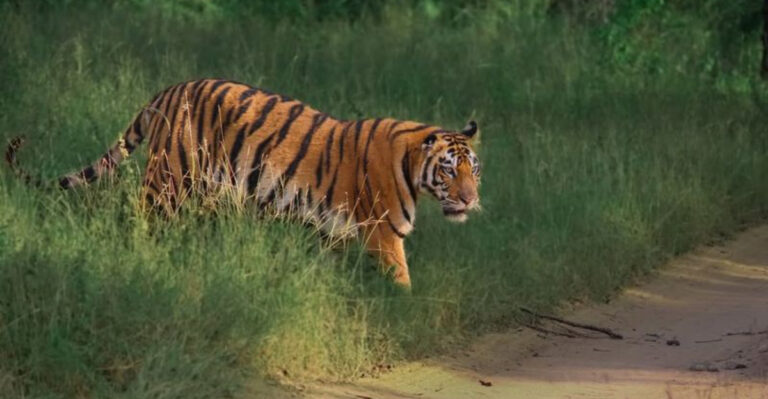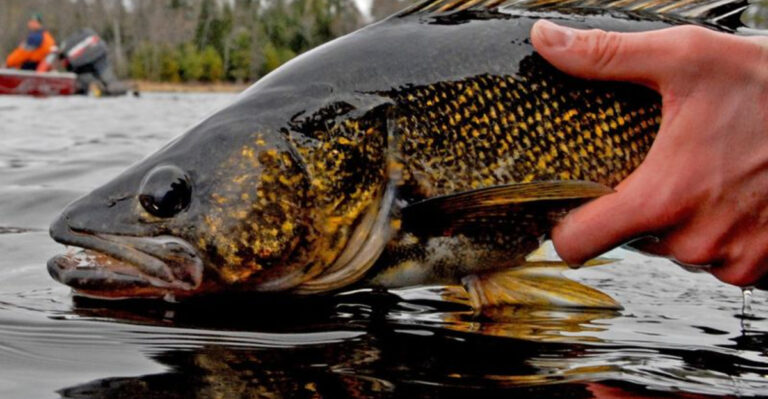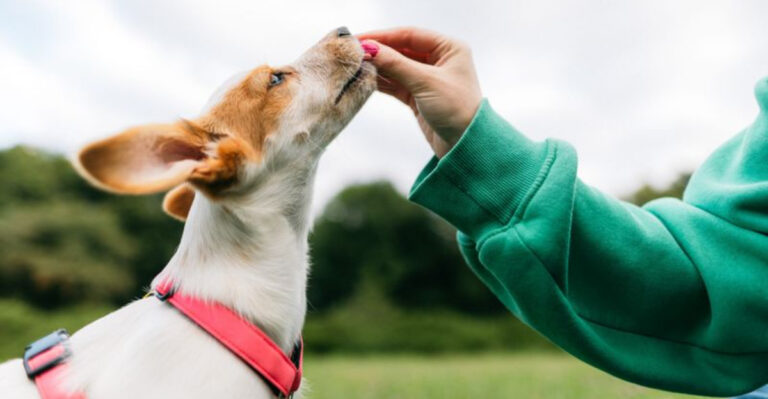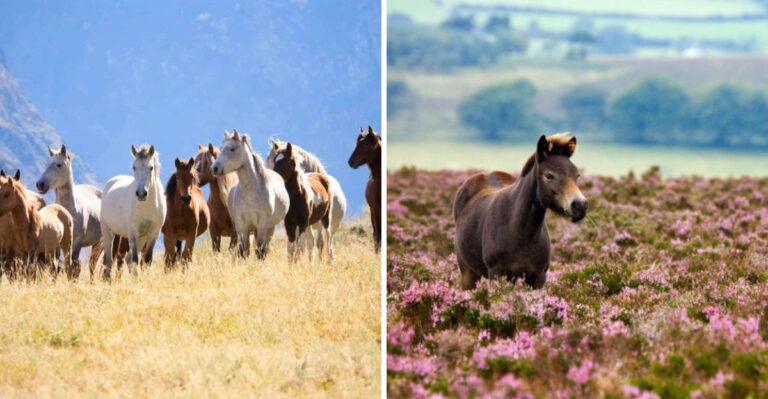10 Things That Hurt Baby Birds And 5 Ways To Keep Them Safe
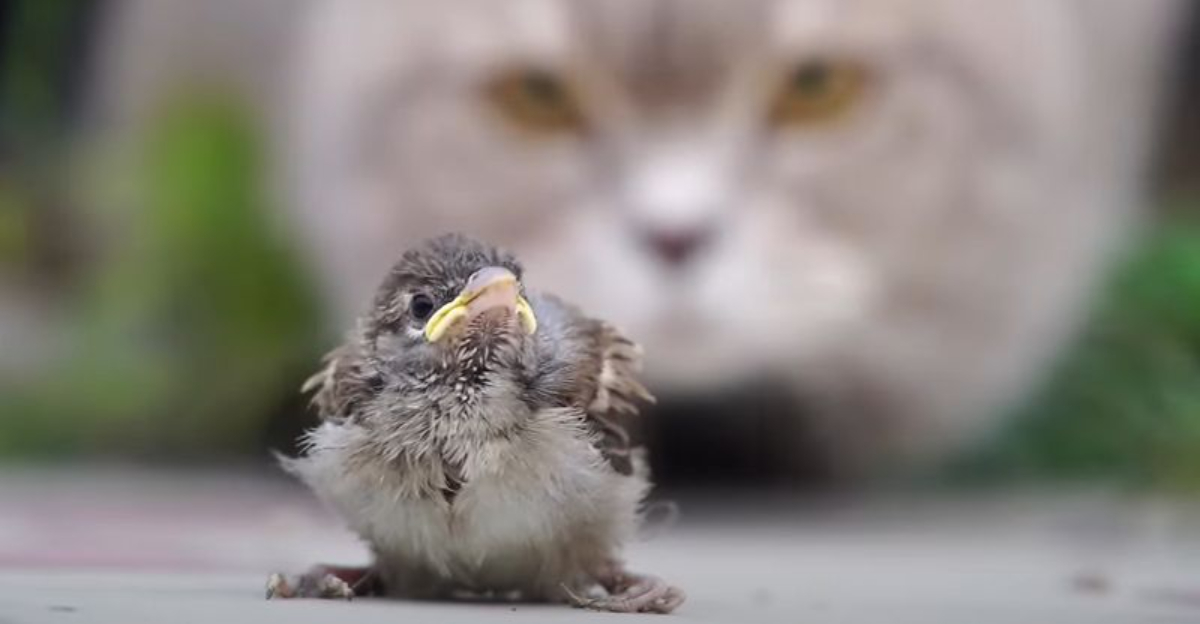
Spring brings tiny chirps and fluttering wings as baby birds enter our world. These fragile creatures face numerous dangers in their first weeks of life.
Understanding what threatens nestlings and how we can help them thrive makes a real difference in their survival.
Let’s explore what hurts baby birds and how we can become their protectors.
1. Pesticide Poisoning

Garden chemicals meant for bugs can be fatal for baby birds. When parent birds eat poisoned insects, they pass these toxins to their chicks during feeding.
Even worse, direct spray can coat nestlings’ delicate feathers and skin. The resulting chemical burns or internal damage often proves fatal for these tiny creatures.
2. Window Collisions
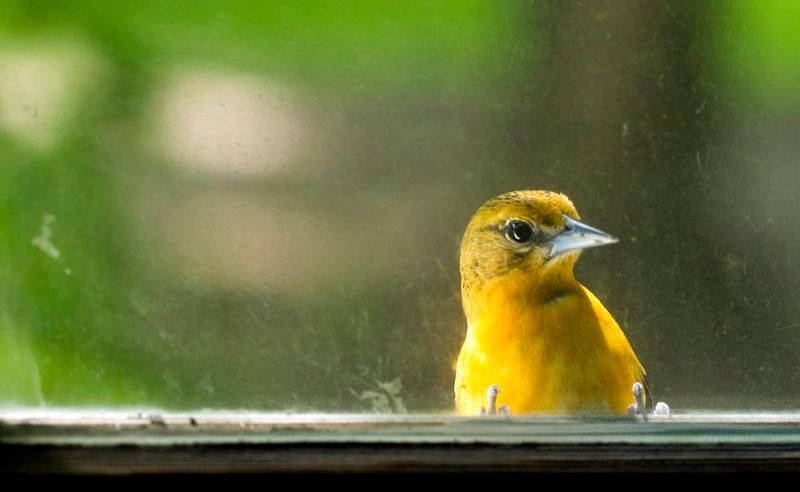
Imagine flying full speed into an invisible wall! Glass windows reflect sky and trees, fooling birds into thinking they’re flying into open space.
Young birds learning to fly are especially vulnerable as they haven’t mastered steering yet. These crashes often cause fatal head trauma or internal injuries even when birds fly away afterward.
3. Outdoor Cats On The Prowl
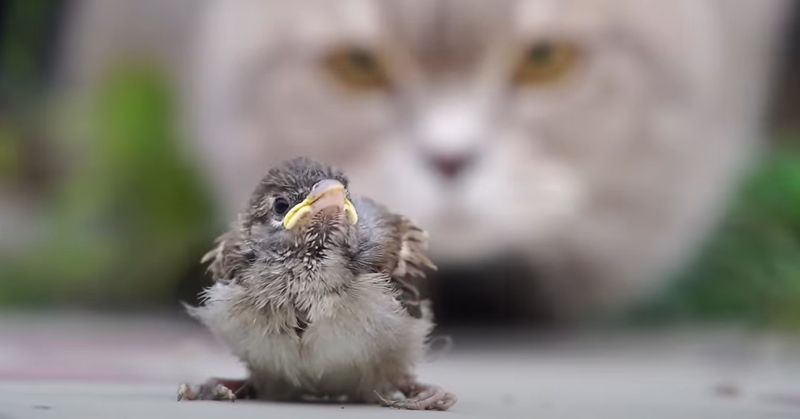
Those cute whiskers hide a natural predator instinct! Domestic cats unalive millions of birds annually, with helpless babies being easy targets.
Even well-fed felines hunt for fun, not food. A bell on your cat’s collar gives birds a fighting chance to escape when they hear the jingle approaching.
4. Nest Destruction During Yard Work
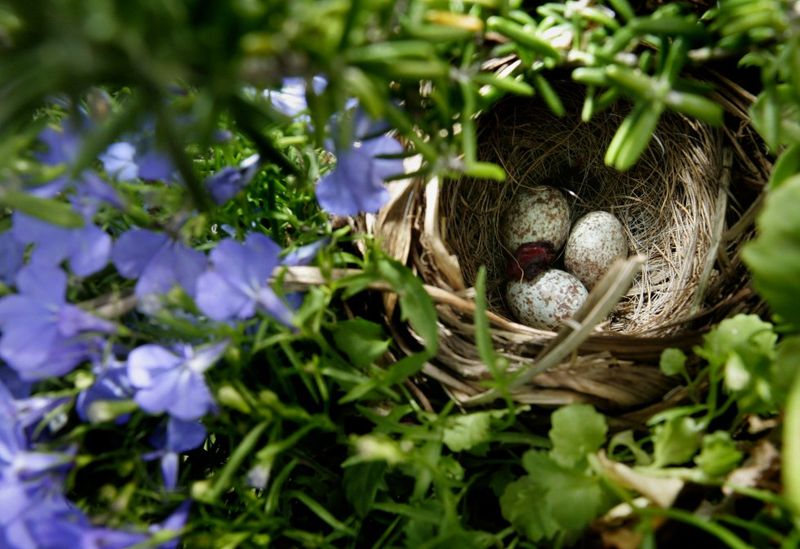
Spring cleaning your yard? That hedge trimming might accidentally destroy hidden nests! Baby birds need their carefully constructed homes for protection and warmth.
When nests get damaged during pruning or tree removal, parents may abandon their young. Without constant care, exposed nestlings quickly succumb to predators, weather, or starvation.
5. Human Handling And “Rescues”
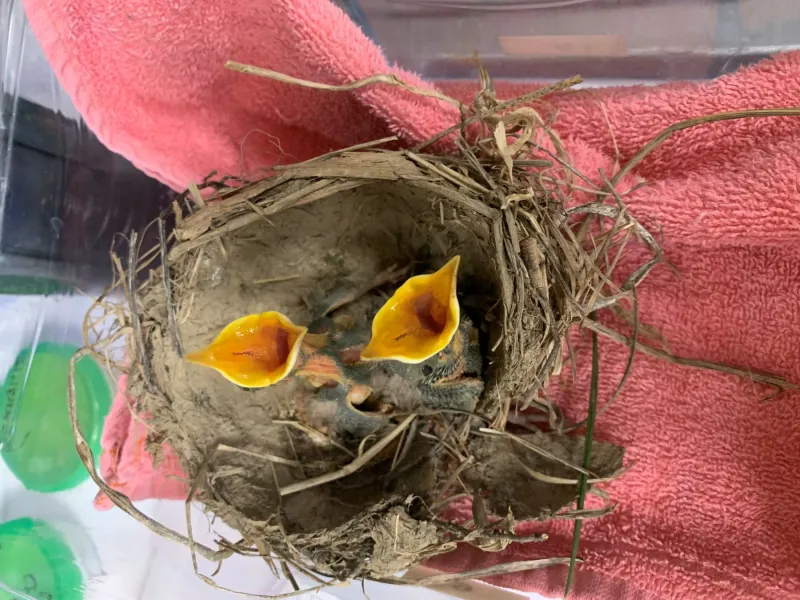
Found a baby bird? Your helping hands might actually cause harm! Human scent doesn’t drive parents away (that’s a myth), but moving nestlings disrupts their care routine.
Many seemingly abandoned fledglings are actually being watched by nearby parents. Unnecessary “rescues” separate families and reduce survival chances since human care rarely matches what bird parents provide.
6. Vehicle Collisions
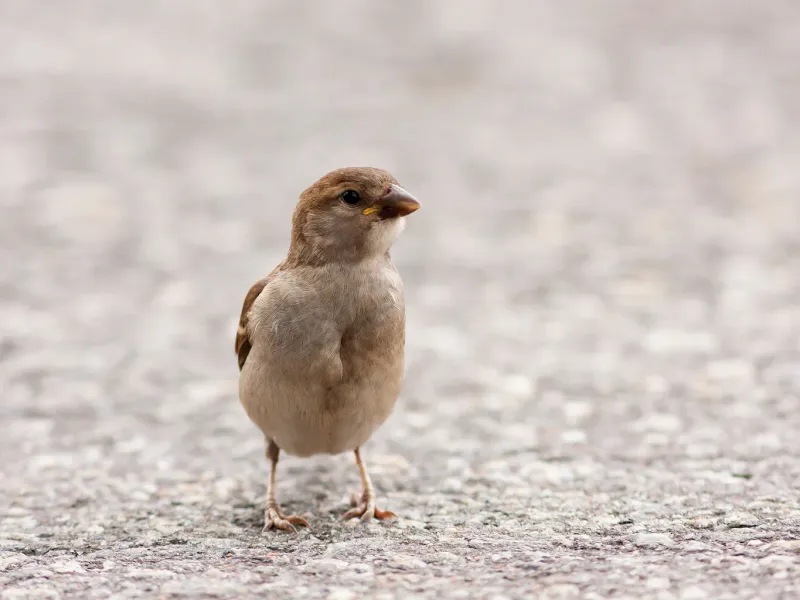
Roadways create danger zones for inexperienced flyers! Young birds often misjudge speed and distance when crossing roads or chasing insects near headlights.
Their slower reflexes and underdeveloped flying skills make them easy targets for fast-moving vehicles.
Nighttime driving is especially risky, as bright headlights can disorient birds and cause them to freeze instead of escaping.
7. Extreme Weather Events

Mother Nature sometimes turns cruel with sudden storms that soak nests and chill tiny bodies. Without fully developed feathers, baby birds can’t regulate their temperature when wet.
High winds may blow nests from trees, while flooding drowns ground-nesting species. Climate change increases these risks as severe weather events become more frequent and intense.
8. Nest Parasites And Disease

Tiny invaders can turn a cozy nest into a health hazard! Mites, fleas, and other parasites feed on baby birds’ blood, weakening them when they need strength most.
These pests spread quickly in warm nests, sometimes causing anemia or transmitting diseases. When infestations get severe, nestlings may pass away or develop lifelong health problems that affect their ability to survive.
9. Plastic Entanglement
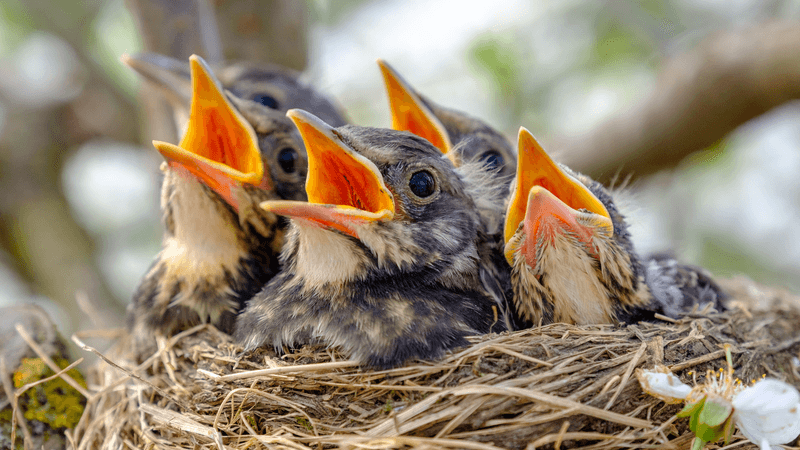
Discarded six-pack rings and fishing line become dangerous traps for curious youngsters. Parents sometimes collect shiny plastic bits, mistaking them for good nesting material.
Once woven into nests, these synthetic items can entangle fragile legs and wings. As birds struggle to break free, they risk injury, exhaustion, or starvation from restricted movement.
10. Light Pollution Disorientation

Bright city lights create a confusing world for night-flying birds! Young birds navigate partly by stars and moon but get disoriented by artificial lighting.
This confusion leads to exhaustion as they circle illuminated buildings for hours. Many pass away from collisions or become easy targets for predators when they finally land, too tired to defend themselves.
11. Install Window Decals Or Screens

Turn dangerous glass into visible barriers! Special window decals create patterns that birds can see while you still enjoy the view.
These UV-reflective stickers appear nearly invisible to humans but glow like warning signs to birds. For maximum protection, place decals no more than 4 inches apart to create a visible pattern across the entire window.
12. Create Bird-Safe Yards
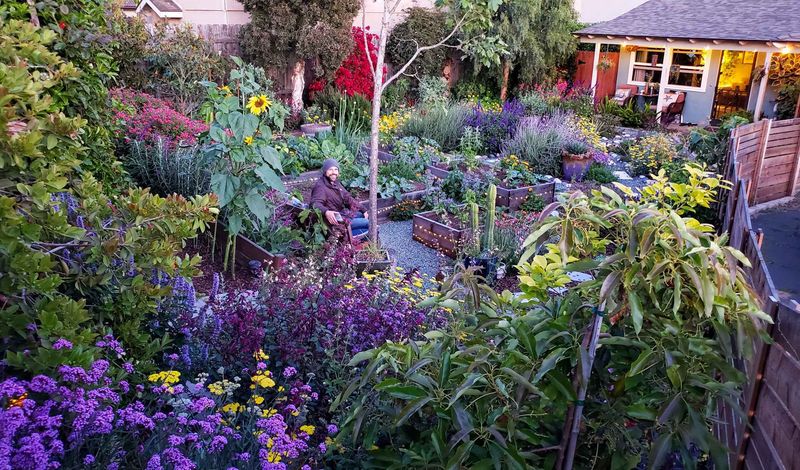
Your garden can become a sanctuary instead of a danger zone! Replace chemical pesticides with natural alternatives like neem oil or beneficial insects that control pests without harming birds.
Keep cats indoors or build a catio for supervised outdoor time. Time major pruning for fall or winter when nesting season has ended to avoid disturbing active nests.
13. Properly Help Fallen Nestlings
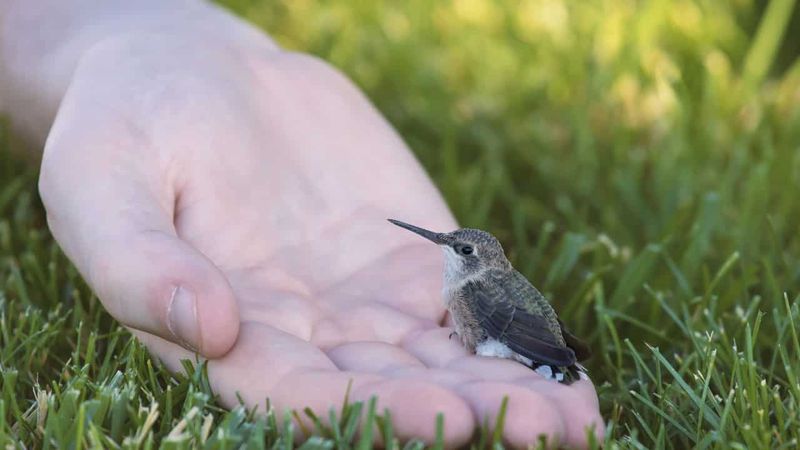
Found a featherless baby? It needs expert help fast! If you spot a naked or downy nestling on the ground, first check if its nest is visible nearby.
Gently return it home if possible – parent birds will accept it back. If the nest is destroyed or unreachable, place the baby in a small container lined with tissues and call a wildlife rehabilitator immediately.
14. Provide Nesting Materials
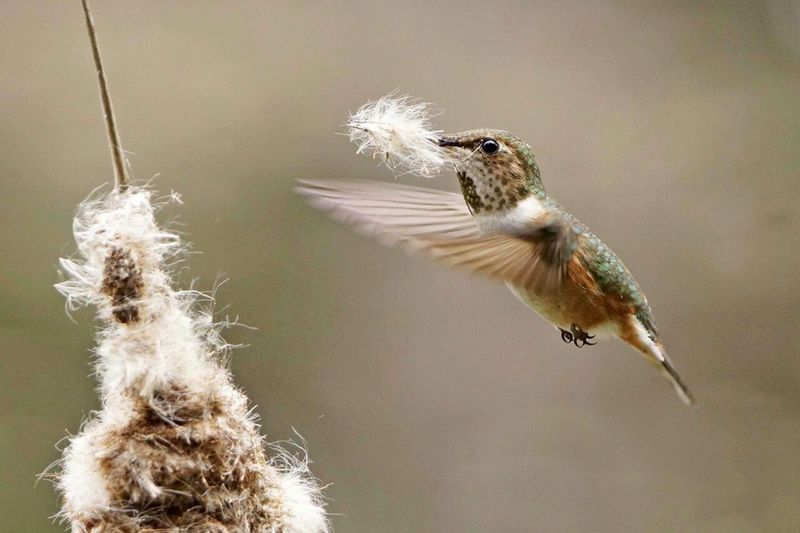
Offer five-star building supplies for safer bird homes! Fill mesh bags with natural fibers like pet fur, short pieces of wool yarn, or cotton string (under 4 inches to prevent entanglement).
Hang these material stations in trees during spring. Birds will collect these safe alternatives instead of dangerous plastics or trash, creating stronger nests that protect their young.
15. Support Wildlife Rehabilitation

Heroes work behind the scenes saving baby birds every day! Wildlife rehabilitators have specialized training to care for injured or orphaned birds until release.
Find your local rehabilitator’s number before emergency strikes. Consider donating supplies they always need: heating pads, syringes for feeding, clean towels, or pet carriers. Many accept volunteers to help with the constant care babies require.

